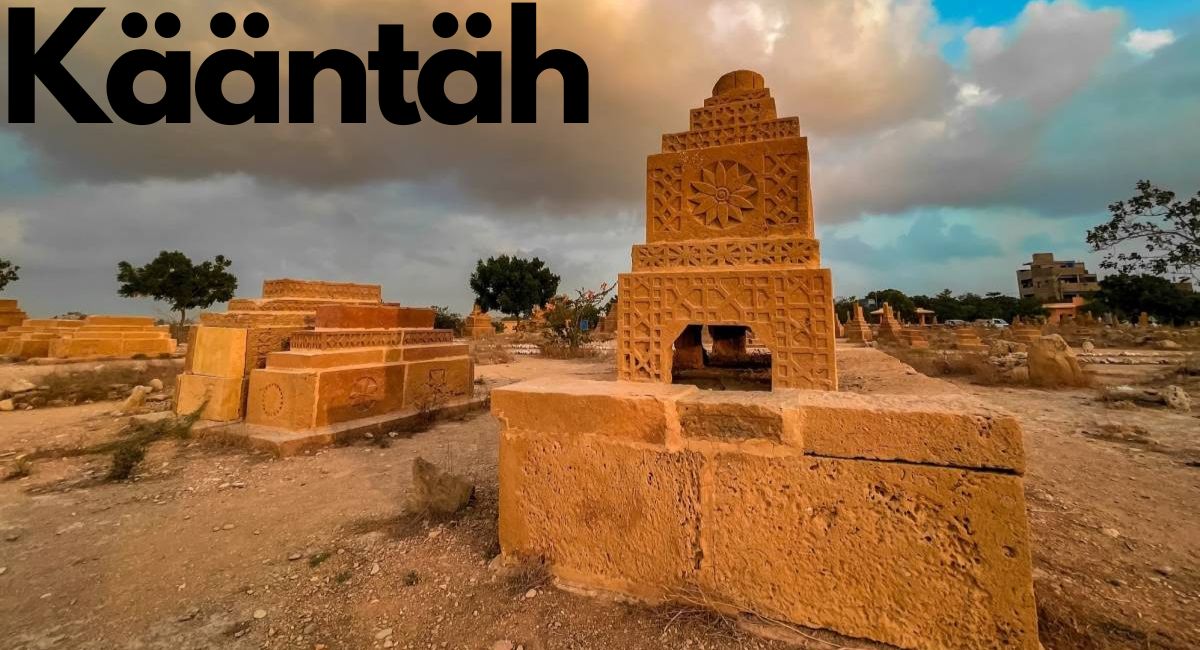What is Kääntäh?
Kääntäh is an intriguing term that has captured the curiosity of many. While its origins remain subject to debate, the word carries significance in multiple contexts, from linguistic discussions to cultural applications. But what does it actually mean? In many interpretations, Kääntäh relates to the idea of turning, reversing, or translating something—depending on the language and cultural setting.
Whether it’s used metaphorically or literally, the word holds profound implications, making it a topic worth exploring in depth.
The Origins of Kääntäh
The etymology of Kääntäh traces back to Finnish origins, where it means “to turn” or “to translate.” Its roots stem from the verb kääntää, which is commonly used to indicate a physical or conceptual shift. Historically, it’s been applied to describe changes in direction, perspective, or even linguistic translations.
Understanding its origins allows us to see how language evolves and adapts to different needs over time. Words like Kääntäh are more than linguistic markers; they are a reflection of how humans think and communicate.
Why is Kääntäh Important?
The concept of it is relevant in multiple areas:
- Linguistics:
It emphasizes the importance of translation and cultural exchange, which bridges gaps between different languages and traditions. - Philosophy:
The term metaphorically represents a shift in perspective, making it a useful concept in discussions about life, choices, and change. - Practical Applications:
Whether it’s used in technology for data translation or in literature for translating texts, the term has a wide range of uses.
The universal appeal of this term lies in its ability to signify movement and transformation, concepts that are essential to progress and innovation.
Applications of Kääntäh in Modern Life
1. Linguistic Translation
In the realm of language, Kääntäh is often used to describe the act of translating one text into another language. This process requires not only technical knowledge but also cultural sensitivity to ensure that the meaning remains intact.
2. Technology
Kääntäh has a place in technological fields, especially in programming and data processing, where converting information from one format to another is crucial. Tools like translation software and machine learning algorithms rely on the principles encapsulated in the term.
3. Personal Development
Metaphorically, Kääntäh can signify personal transformation. For example, turning a setback into an opportunity can be likened to the act of “translating” challenges into growth.
Kääntäh in Linguistics
Linguistics heavily relies on concepts like Kääntäh to explain how words and meanings change across different cultures. For instance, when a book is translated from Finnish to English, the translator must ensure the tone, context, and cultural nuances remain the same. This is a process of “turning” meanings without losing their essence.
Cultural Relevance of Kääntäh
Kääntäh also plays a crucial role in preserving cultural heritage. Through the act of translation, stories, ideas, and traditions are shared globally, fostering mutual understanding. Think about how Finnish folklore might reach an international audience—Kääntäh is the bridge that makes it happen.
Kääntäh in Everyday Conversations
Even in casual conversations, the principles of Kääntäh are at play. For example:
- Turning a disagreement into a productive dialogue.
- Translating emotions into words to better communicate feelings.
- Adapting to new situations, which involves “turning” one’s mindset.
These examples show how Kääntäh is deeply embedded in human interactions.
Kääntäh in Philosophy
Philosophers often use concepts like Kääntäh to explore abstract ideas. In existential discussions, the act of changing one’s life direction is often compared to the process of turning or translating one’s purpose. It’s an empowering concept that resonates with people seeking to reinvent themselves.
How Businesses Use the Concept of Kääntäh
Companies today adopt the principles of Kääntäh to adapt to changing markets. This could mean rebranding, pivoting business strategies, or translating their services for international audiences. The adaptability inherent in Kääntäh makes it a valuable tool in business.
Kääntäh and Technology
Artificial Intelligence and Translation
AI-driven translation tools like Google Translate rely on the principles of Kääntäh. These tools aim to replicate the human ability to translate meanings while maintaining contextual accuracy.
Data Transformation
In data science, Kääntäh applies to the conversion of data formats. This process ensures compatibility across different platforms, making information accessible and usable.
The Future of Kääntäh
The principles of Kääntäh are likely to become even more relevant as the world becomes increasingly interconnected. Whether it’s through improved translation tools, more adaptive technologies, or philosophical discussions, the concept will continue to evolve.
Conclusion
Kääntäh is a notion that captures the spirit of change, flexibility, and comprehension; it is more than just a word. From its linguistic origins to its contemporary uses in philosophy and technology, it provides a framework for understanding the world we live in. We can successfully negotiate the challenges of communication, culture, and change by adopting the Kääntäh principles.
FAQs
Q: What does Kääntäh mean in Finnish?
Kääntäh originates from the Finnish verb kääntää, meaning “to turn” or “to translate.”
Q: How is Kääntäh used in technology?
It’s used in areas like data transformation and AI-driven translation tools to adapt information across formats.
Q: Can Kääntäh be applied to personal growth?
Yes, it metaphorically represents turning challenges into opportunities and shifting perspectives.
Q: Why is Kääntäh important in linguistics?
It highlights the critical role of cultural and contextual understanding in translation processes.
Q: What industries benefit from Kääntäh?
Industries like technology, business, and cultural preservation all leverage the principles of Kääntäh to foster growth and understanding.





